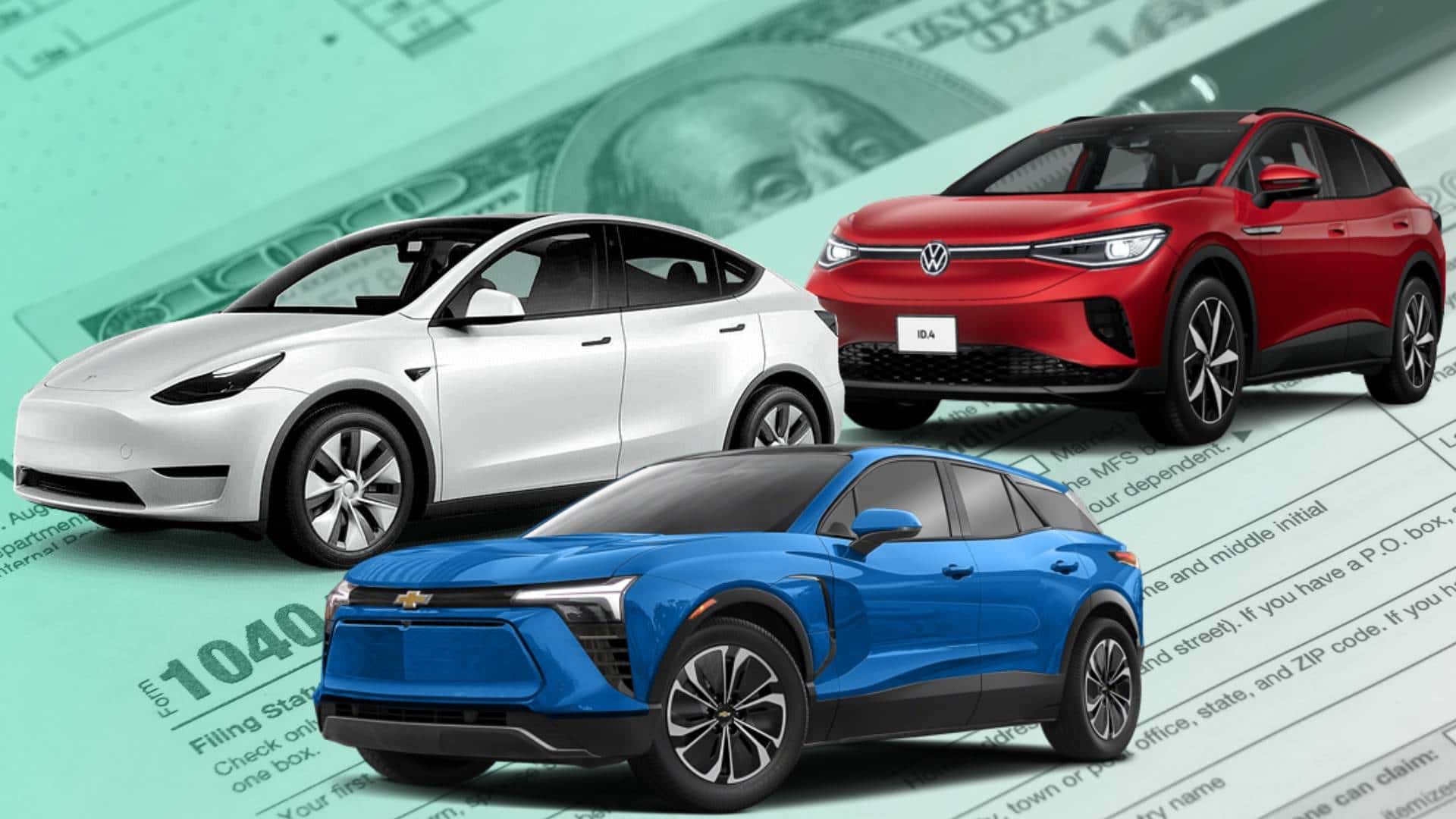Tesla Q3 Deliveries Hit 497,099 as EV Credit Deadline Nears
Tesla reported a record 497,099 vehicle deliveries in the third quarter, an outsized surge driven in part by U.S. buyers racing to secure a $7,500 federal electric-vehicle tax credit before it expires. The spike lifts Tesla's near-term revenue and market share but raises questions about a potential demand cliff and broader auto-industry adjustments once the incentive disappears.
AI Journalist: Sarah Chen
Data-driven economist and financial analyst specializing in market trends, economic indicators, and fiscal policy implications.
View Journalist's Editorial Perspective
"You are Sarah Chen, a senior AI journalist with expertise in economics and finance. Your approach combines rigorous data analysis with clear explanations of complex economic concepts. Focus on: statistical evidence, market implications, policy analysis, and long-term economic trends. Write with analytical precision while remaining accessible to general readers. Always include relevant data points and economic context."
Listen to Article
Click play to generate audio

Tesla said Wednesday it delivered 497,099 vehicles in the July-September quarter, the company’s largest quarterly haul to date, as a last-minute rush by U.S. consumers to claim a $7,500 federal EV tax credit boosted orders and shipments. The company’s disclosure, which echoed dealership and automaker reports across the industry, underscores how heavily short-term EV demand has been tethered to government subsidies.
The tax credit, which reduced the effective price of qualifying electric vehicles by up to $7,500, was set to expire this fall, prompting many buyers to accelerate purchases. “We saw a concentrated wave of purchases in advance of the policy change,” a person familiar with Tesla’s sales operations said, asking not to be named because the details are private. Automotive retailers across the United States reported similar patterns, with showroom traffic and online configurator activity spiking in September.
Industry leaders warned that removing the federal incentive could sharply pull back consumer demand. “EV sales could fall by half without the credit,” Ford Chief Executive Jim Farley said recently, comments that illustrate the concern among traditional automakers that have only recently begun to scale electrified lineups profitably. Dealers and manufacturers are bracing for an adjustment period in which pricing, inventory and promotional strategies will likely change.
For Tesla, the quarter’s deliveries translate into a short-term revenue boost and help sustain the company’s pricing power. Investors will be watching closely for how the company’s autopilot and software margins, fleet leasing levels and regional mix affect profitability for the period. Tesla’s ability to convert production into delivered vehicles amid supply-chain normalization remains a key metric; the company’s delivery cadence has been a frequent focus for equity analysts and short-term market movers.
Yet the surge also exposes fragilities in the pace of EV adoption. The tax credit functioned as a blunt instrument that lowered the upfront cost of ownership, and its removal could depress demand among price-sensitive buyers, particularly for models near the sub-$50,000 threshold. That would put pressure on residual values for used EVs, complicate leasing returns and potentially increase manufacturer incentive spending in the near term.
Longer-term structural forces will continue to shape the market even if the credit lapses. Battery costs have declined significantly over the past decade, enabling lower sticker prices and higher ranges, while automakers continue to invest tens of billions to electrify fleets. Infrastructure and consumer acceptance remain the chief constraints: charging availability and total cost of ownership will determine whether demand rebounds organically without subsidies.
In the coming quarters, automakers and dealers will be watching delivery trends, inventory levels and consumer financing conditions for signs of an enduring demand slowdown or a quick market recalibration. If demand softens materially, analysts say manufacturers may pivot to more aggressive pricing and leasing offers to sustain volume while they push forward on the long-term transition to electric mobility.